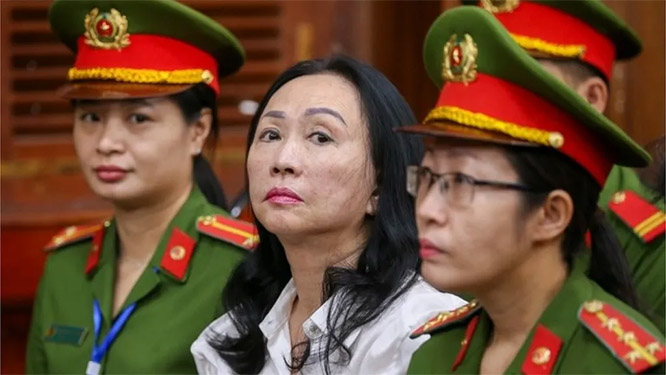New Delhi, Jul 23: Russia is keen on selling its new fighter jet MiG-35 to India with the MiG corporation's chief saying the country has evinced interest in the aircraft and talks were on to understand its requirements. Chief Executive Officer of the MiG Aircraft Corporation Ilya Tarasenko said that after having presented MiG-35 in January, the MiG corporation began to actively promote the aircraft in India and in other parts of the world.

The MiG-35 is Russia's most advanced 4++ generation multipurpose fighter jet developed on the basis of the serial-produced MiG-29K/KUB and MiG-29M/M2 combat aircraft. Asked if India has expressed any interest in the MiG-35, Mr Tarasenko said, "Of course they have."
MiGs have been used by India for almost 50 years and MiG corporation proposes its new products to India among the first countries and intends to continue supplying India with its most modern aircraft, the MiG chief said.
Asked about the current status of the proposal of the aircraft to India, he said, "We are in the negotiation stage where talks on technical and technological specifications that MiG can present to India and the requirements that India has for this aircraft were taking place."
"Since this is a very new plane, it will still take some time to negotiate on exactly what India needs and adjust the product to it," he added.
Talking about the cost of the plane, Mr Tarasenko said it was economical due to the after-sales services being offered along with the aircraft.
"We propose not just the aircraft, but also training for its use, as well as after-sales servicing where we take upon the responsibility to service it for 40 years," he added. He stressed that in comparison to its competitors, the prices offered by MiG were 20-25 per cent cheaper, making it an attractive option for those who wish to purchase this aircraft.
Highlighting the main features of the MiG-35, Mr Tarasenko said its technical specifications were close to a fifth generation aircraft, namely its flight capabilities, its new weapon range and defence systems, including stealth. "I would like to note the demand for this aircraft for our own air force, as well as our foreign partners. The plane is light, multi-functional and has high manoeuvrability," Mr Tarasenko said, adding that the MiG was also offering special commercial terms to its partners.
He also stressed that the plane was fully Russian-made with Rostec companies like United Engine Corporation (UEC), KRET and Technodinamika participating in the project. At MAKS 2017, the MiG-35 grabbed all the limelight as it took to the skies and enthralled the audience with breathtaking manoeuvres like the tail slide, barrel roll and the nesterov loop.
Belyaev Mikhail, the Lead Test Pilot of MiG-35, told reporters that the main feature of this aircraft was the new on board equipment and the new quality of weapons -- air-to- air, air-to-ground and air-to-sea.
"Compared with the basic version of the MiG-29, it is a new aircraft, new airframe, fly-by-wire, glass cockpit, adapted for night vision goggles...new engines, more power, more fuel, new on board equipment and new weapons," said Mikhail, who was earlier this year presented the star of the 'Hero of Russia' by President Vladimir Putin for bravery in piloting and testing of aviation equipment.
Asked if it was easier to fly MiG-35, Mikhail said new tasks were required for such an aircraft so one needs to learn these.
"On the basic level it is not that difficult to switch from MIG 29 to 35 as the plane remains the same. It is still a light simple plane. The combat tasks that can be achieved from this plane are much more serious and much more complex," he said.
"More combat tasks can be achieved from this plane than with the MiG-29. So it will take time to learn new tasks and to adapt," he added.
An overhauled MiG-35 multi-role fighter completed a successful demonstration flight at the MAKS 2017 air show, with Russian officials saying the first combat-ready plane will be delivered to the Air Force next year.
While speaking to reporters at MAKS, Mr Tarasenko also noted that around 30 countries are using various modifications of MiG-35's predecessor, the MiG-29, and that "talks are already ongoing with potential buyers."
The fighter jet features improved flight and technical characteristics, the most advanced on board radio-electronic equipment and a wide arsenal of air-to-air and air-to-surface missiles.
The flight tests of MiG-35 fighter aircraft began on January 26 and the plane's international presentation was held in the Moscow Region on the following day.






Comments
Add new comment